
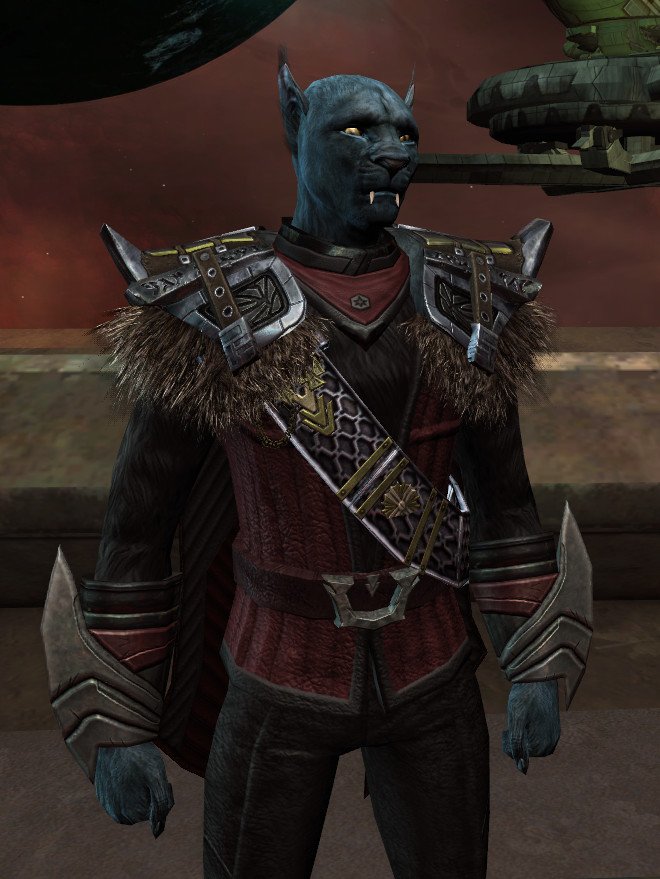
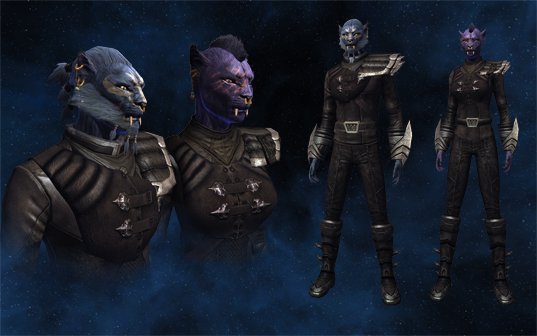 Profile dedicated to Larry Niven and Jimmy Diggs. The term 'Ferasan' is used for legal reasons by Cryptic in Star Trek Online.
Profile dedicated to Larry Niven and Jimmy Diggs. The term 'Ferasan' is used for legal reasons by Cryptic in Star Trek Online.
The Kzinti Patriarchy is perhaps the oldest nation that has been hostile towards wat is now the United Federation of Planets. The Patriarchy contains a number of worlds: Chuft, Hruba, K'Chula, Rrit and Mriva. Conflict arose from the time of the United Earth Starfleet and exploration coreward towards Delta IV and beyond. A Demilitarised Zone demarcation line was established and Starbase 25 'Temperance' along with it, drawing a line in the sand to state no Kzinti military beyond this point. Whilst there were calls to occupy and subdue this aggressive cousin to the Caitian people, calmer Vulcan heads reminded the Federation Council that this is not the way of the more enlightened peopleof the Federation.
The Kzinti continued to attempt to transgress Federation territory. As a result of this, Starfleet assigned either Federation or Ascension class dreadnoughts to the region to act as a deterrant. The Essex class Expeditionary Cruiser was also allocated to this region, offering support against the Kzinti forces. Saladin and Hermes class starships were also allocated to this region to begin studying the Kzinti and their Patriarchy: to learn as much about them as possible in order to negotiate and bring peace to the area. The four-warp nacelle Radiant class starships added more range to Starfleet and made studying this region easier. Temperance Starbase 25, the local starbase to the Kzinti Patriarchy, was reinforced with a TacFleet forward operating element of the Third Fleet. As the Belknap, Akula and Menahga class ships came online, they were trialled and based in the region.
The Kzinti have returned recently to face the Federation, being seen with the Klingon Empire as a trade alliance. There are suspicions what the Klingons are up to. What is it that the Klingons are gaining from supporting another race in the Beta Quadrant? The Kzinti have the habit of boarding ships and eating their crew, using the cunning and intellect to overwhelm the defensive systems.
After the recent conflicts with the Romulans and the Metar, the Kzinti are being re-assessed. Many in Starfleet Command and the Federation Council are re-evaluating the threat level that the Kzinti actually present. In the light of these super-threats having caused far more damage and casualties than all of the Kzinti conflicts put together, there is serious consideration to leaving the Kzinti to stand by themselves and the Treaty of Sirius assigned to history.
So where does it leave this race nicknamed the Lions of the Night? The Kzinti are ready to re-assert themselves; to renew their place in the quadrant and- no doubt- to resume their conflict with the Caitians. The Federation has to re-evaluate their attitude towards the Kzinti, to consider opening a dialogue with this one-time enemy to perhaps forge a new and greater understanding. With a new moment of pause, this is the ideal time to test the waters and to see what opportunities are now present.
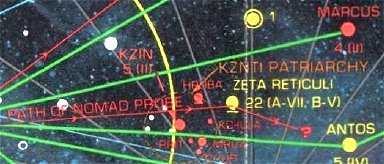
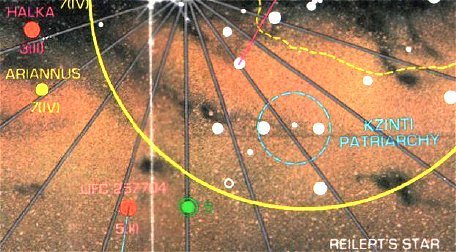 Author Notes: The Kzinti from "The Slaver Weapon" episode of the Animated series provided the original inspiration.
Author Notes: The Kzinti from "The Slaver Weapon" episode of the Animated series provided the original inspiration.
According to the Animated series, Starfleet determined that the only way to stop the continuing Kzinti attacks was to de-militarise them and enforce a fifty light-year sphere of self-defensive operations. As a result, Starfleet has provided a constant peace-keeping operation to guarantee the integrity of the Kzinti borders; the Kzinti being only allowed to possess defensive police ships. The original terms of the Treaty of Sirius confined the Kzinti to an area of space 50 light years in diameter (as per Mandel's Star Trek Maps of 1980), later concessions ensured there was a demilitarised zone (DMZ) between the Kzinti and the Federation.
The Kzinti marker buoy is Mandel's original from the 1980 Star Charts maps ©, which sets down the terms of the 2169 Treaty of Sirius. As can be seen, the treaty (second one done after the one ending the Romulan war in 2160) was super harsh. The Kzinti were enclosed in a 50 light year bubble and disarmed of everything except police patrol ship. The Federation Starfleet had unfettered access to Kzinti space to ensure their compliance. Very Treaty of Versailles, but also Roddenberrian. Also, very classic Star Trek, as opposed to Next Generation, in that the interference here goes against the grain of the later Prime Directive-driven Picard era.
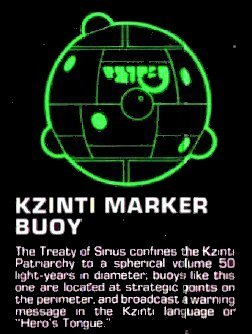 The Mandel Star Trek Maps of 1980 © featured the Kzinti Patriarchy - reproduced here - in sub-quadrant zero of the universe. The Patriarchy enclosure is shown to have a cluster of worlds: Chuft, Hruba, K'Chula, Rrit and Mriva. It was shown to be within the original confines of the Federation and close to the perimeter of original Tholian operations. With the revising of the Star Trek cartography on the Star Trek: Star Charts, the Patriarchy is in the Alpha Quadrant. From this information we can assume Kzin will be contained within a 50 light year bubble with a small cluster of associated colonies.
The Mandel Star Trek Maps of 1980 © featured the Kzinti Patriarchy - reproduced here - in sub-quadrant zero of the universe. The Patriarchy enclosure is shown to have a cluster of worlds: Chuft, Hruba, K'Chula, Rrit and Mriva. It was shown to be within the original confines of the Federation and close to the perimeter of original Tholian operations. With the revising of the Star Trek cartography on the Star Trek: Star Charts, the Patriarchy is in the Alpha Quadrant. From this information we can assume Kzin will be contained within a 50 light year bubble with a small cluster of associated colonies.
The Treaty of Sirius has been dated to 2169 to allow for the history of Star Trek: Enterprise and the development of significant warp drive to reach the Patriarchy and fight them. 2069 is too soon after the development of warp drive. This new date allows for the Kzinti to fight the Earth forces and Coalition of Planets prior to 2161; the Treaty of Sirius is the first treaty drafted after the formation of the Federation. A final solution to the continued attacks by the Kzinti. The four wars were revised to two. For the chronology of the Patriarchy, the events of the unfilmed Star Trek: Enterprise Season 5 encounter "Kilkenny Cats" must be considered, along with Kirk's encounter in 2269. The "Lions of the Night" material by Jimmy Diggs with Sulu commanding the Enterprise-B, investigating the loss of the Oberth class U.S.S Timberland, is more something for Captain Demora Sulu post-2311.
Starfleet Kzinti border patrol Force 2293:
Schwartzkopf - Komsomolsk class dreadnought.
Watauga - Ascension class light dreadnought flagship.
Méndez Núñez - Belknap class strike cruiser
Ashdown - Phobos class frigate
Cowpens - Akula class defender
Defender - Akula class defender
Chokai - Akula class defender
Mnemosyne - Monoceros class scout
Maeve - Phantom class superscout
Heimdall - Antares class AWACS scout
Bikini - Okinawa class frigate
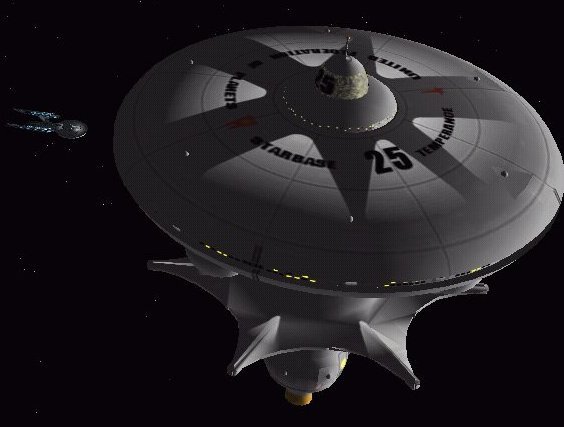 Starbase 25 "Temperance".
Starbase 25 "Temperance".
Temperance Station was authorised to secure the coreward frontier of the United Federation of Planets. With the supply lines stretched to reach the region, and the need to honour the two new protectorates of Delta IV and Sauria, the fledgeling United Federation of Planets used the need to have space stations near to the new Romulan Neutral Zone to re-supply their Neptune, Franklin, NX and Daedalus classes of starship. Temperance was the ideal K-class station for the job. The station was built within 24 months and the first trio of starships were assigned to the station to patrol the border. As the base increased in size and capability it was given the starbase designation of 25.
Starbase 25 has been at the heart of most of the hot wars in the 22nd and early 23rd Century. With the Klingons disappearing from contact for one hundred years and the Romulans residing behind their Neutral Zone, this only left the Kzinti as the hostile neighbours to the fledgling Federation. As a result of this, Starfleet allocated a significant number of their tactical starships to the region. The Kzinti still raided Federation freighters and Starfleet had a mandate to end this. Starbase 25 was where the representatives of Kzinti and the Federation met to discuss relations. The starbase was chosen both for his proximity and for privacy; anti-Kzinti sentiment amongst the general Federation populace was still high. With the successful defence of Starbase 25, the station could resume the tactically important role of overseeing the Kzinti Border Patrols. Starfleet allocated a sizeable fleet of Okinawa, Akula, Malachowski, Hoover, Magee, Apollo, Belknap and Miranda class starships to achieve these objectives.
Author's notes:
When examining the ships of Star Trek: Discovery more closely, two designs stand out: The Nimitz class tactical starship and the light carrier Engle class. These starship designs were in existence prior to the events of the Battle of the Binary Stars. The question has to be: Why does Starfleet have two blatant warship designs when the Klingons have been absent for a century? the Romulans haven't been seen for ninety years and neither the Gorn nor the Tholians are known about yet. The logical answer is the Kzinti. in 'The Slaver Weapon', Lieutenant Sulu speaks of the prolonged period of conflict in which the Federation and Kzinti have founght, resulting in the Treaty of Sirius and the De-Militarised Zone. By 'Canon-smoothing', to use one of Larry Nemecek's favourite terms, we can rationalise that the Kzinti have been the hostile reason for the creation and maintainance of Starfleet warships since before the Romulan war. Bringing back the danger that Jimmy Diggs spoke of, these elements of danger and horror later realised with the reimagined Gorn in Strange New Worlds. The Third Fleet is rationalised as being here as the First is the Home Fleet, the Second addresses the Romulans and the Third the Kzinti. If the Kzinti are still dangerous they were evidently not disarmed by Archer, nor enveloped by the DMZ in the Treaty of Sirius.
With the Kzinti deterred by Starfleet, the Federation News Service ran a series of reports on whether it was still necessary to have Starbase 25 as an interdiction base. Starfleet had downgraded the presence of the larger tactical assets and left one Ascension class DNL to lead the small forward deployed element from the Third Fleet.
The Kzinti continue to send representatives to the starbase. FNS was present at the last meeting, where they portrayed the base commander as being hawkish. The admiral was seen as living in the 2270s, still seeing the potential threat across the border and not wanting to compromise the safety of the colonists in his sectors of responsibility. As the Admiral observed in an interview "...the Kzinti may be quiet, but that can change in a short time. It is the intentions of a nation that need to change before the danger can be considered past. I believe the intentions are the same and so must assume the potential for danger is similar."
The Starbase continues to attract journalistic condemnation of the 'interference in Kzinti freedoms', and the arguments for and against the border patrols continued right up until the Klingon Empire announced a trade agreement with the Kzinti Patriarchy. Now the Kzinti Border Force is winding down, to be replaced by the Klingons. The future role of Starbase 25 'Temperance' is to be reconsidered in light of this new development.
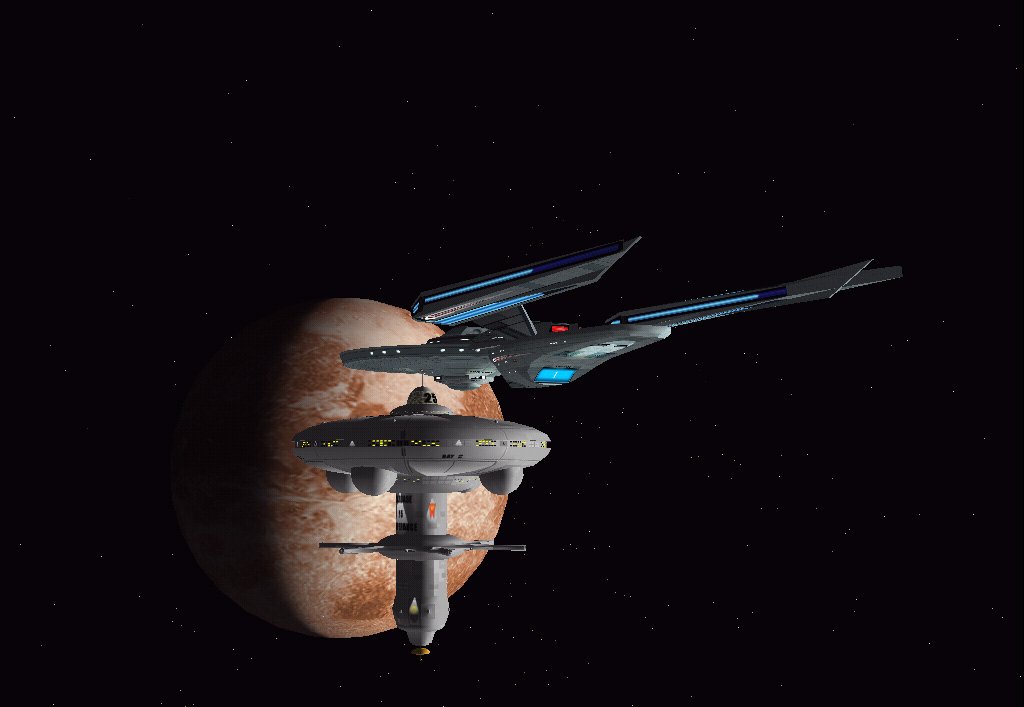
Starbase 25 "Temperance" and U.S.S. Xir'Tan images courtesy of Andrew Brown. Used with permission.
Sources:
The Slaver Weapon by Larry Niven - Star Trek: The Animated Series.
The Man-Kzin Wars by Larry Niven.
The Ringworld Engineers by Larry Niven.
Ringworld by Larry Niven.
Star Trek Online MMORPG.
Lions of he Night trailer by Jimmy Diggs.
The Great Moghuls by Bamber Gascoigne.
Lives of the Indian Princes by Charles Allen & Sharada Dwivedi.
Partition by Barney White-Spumer.
Cat Sense by John Bradshaw.
Feline Behaviour and Welfare by Andrew F. Fraser.
Himmler's Crusade by Christopher Hale.
Why I'm No Longer Talking to White People About Race by Reni Eddo-Lodge.
Me and White Supremacy by Layla F Saad.
How to be an Anti-Racist by Ibram X. Kendi.
Staying Power: The History of Black People in Britain by Peter Fryer.
Biracial Britain by Remi Adekoya.
Natives: Race and Class in the ruins of Empire by Akala.
In Black and White by Alexandra Wilson.
Black British Problems by Marceline Powell.
Black and British: A Forgotten History by David Olusoga.
The Science of Hate by Matthew Williams.
Irish Freedom by Richard English.
The Troubles by Tim Pat Coogan.
Making Sense of The Troubles by David McKittrick and David McVea.
Silencing the Past by Michel-Rolph Trouillot.
Israel and Palestine: The Complete History by Ian Carroll.
Chimera by Stephen Gallagher.
The Nightmare Man by David Wiltshire.
The Holocaust by Laurence Rees.
Tribes by David Lammy.
A Cultural History of Tibet by David Snellgrove and Hugh Richardson.
China's Forgotten People: Xinjiang, Terror and the Chinese State by Nick Holdstock.
The Tree that Bleeds: A Uighur Town on the Edge by Nick Holdstock.
Kzinti Biology, Psychology and Sociology:
Kzinti males have a drive to show strength, have mates and territory as visible signs of their prowess and dominance. Scents, scratches, pheromones and markings all play a big part in society. Manes and mane-length denote seniority. Number of mates and successful offspring are a sign of fertility and success of the Kzinti individual. Kzinti engage in constant combat to keep the warrior genetics strong. A Kzinti home territory is referred to as their Pride Area, nomadic Kzinti territory is referred to as their Range. Kzinti pride themselves on science, genetics and superiority over lesser forms. Kzinti see in monochrome, however their night vision is vastly superior to that of humans. Their hearing and sense of smell are also vastly superior along with their acrobatic ability and strength. These senses come from a combination of natural evolution for hunting and enhancements from genetic experimentation. One of their experiments was to take the genes from Deltans for the mental abilities that gave Deltans an advantage over their Kzinti neighbours. The results of the experiment were the Kzinti telepaths, who have well-developed telepathy and empathy traits. The side-effect of this unnatural ability is the tendency for a Kzinti telepath to develop neurosis, paranoia and insanity; the life expectancy of a Kzinti Telepath is around 35 years from maturity, as opposed to 55 years or more for a healthy male Kzinti and 80 for a female (constant conflict foreshortens a male Kzinti life). When a male Kzinti can no longer dominate, they are defeated and killed. This is the way of things and keeps the gene-stock of the Patriarchy strong.
When a male kills another male and takes over their pride and mates, they slaughter any children the defeated male may have sired. This is similar to behaviour found in Big Cats and Great Apes or Chimpanzees. Kzinti gestation period is circa 280 days like a human, rather than 110 days for a lion, 240 days for a chimp or 257 days for a gorilla. Kzinti grooming behaviour is like a cross between that of a cat or a primate. Kzinti males will bring a fresh kill to their potential mates as a 'gift'. Like chimps, male Kzinti use violence aganst females or infants to coerce females into mating with them. Also as with chimps, there is an Alpha male and a hierarchy in the Kzinti pride structure. THe patrol boundaries and attack interlopers; this might explain the initial historical violence against Deltan and Human explorers that intruded into Kzinti territory. Kzinti may also mate for pleasure, even stopping lesser males from mating with females that the dominant Kzinti is disinterested in. Consort mating between exclusive partners can happen, as well as females covertly mating outside the pride. As mentioned before, coercion is through violence and any infant thought not to be that of the dominant male Kzinti is killed. Scent may play a role in this identification.
Females care for the juvenile Kzinti, feed, groom and socialise them. Tool and weapons use is also taught by the females. Science, especially biology, genetics and comparative psychology are taught at Kzinti schools. Kzinti learn about their own biological superiority and look to improve upon it. A Kzinti doesn't crave a long life or immortality as do other forms of life; they seek to have a memorable, good life with a long genetic inheritance to survive them. Kzinti see other forms of life as lesser; fit only for sport and/or consumption. Kzinti are carnivorous, delighting in the hunt, playing with the victim and then the kill. They relish in each phase. In this fighing and hunting, the Kzinti share traits with the Klingons - that are also a species that has evolved from an apex predator to become the dominant form of life. Unlike Klingons, Kzinti celebrate and idolise scientific and genetic achievers as highly as leaders, soldiers and hunters. This is the Patriarchy. Women aren't publically celebrated or even mentioned. Rather like the 1950s Western countries on Earth or some cultures in Eastern nations today; treating females as second class citizens who should walk three steps behind the male and whose testiment is worth half that of a male. Kzinti believe in fixing genetic or developmental conditions. Where they find they can't be fixed, they euthanise the infant. This behaviour is very much like the Romulans.
Kzinti are colourblind, due to the lack of cone cells in their eyes (allowing more rod cells for night vision clarity). As a result, Kzinti art is either monochrome or colour based on shade. Rings, tattoos, fur styles and patterns all help to denote pride identity. As mentioned previously, the length of the mane denotes the seniority of the male Kzinti. The inability of a female to grow a mane is one of the social factors limiting their position in a pride to the bottom. To be shorn of a mane is to lose your position. Kzinti aren't named at birth; instead they gain her names through valorous deeds. The more deeds, the more names a Kzinti gains. Coloration of Kzinti fur gives away the genetic and regional origins. There are statues on Kzin of great leaders, warriors and scientists who've forwarded the Kzinti culture. All of these statues are males, even though in truth there's been plenty of females who've equally driven the Patriarchy forwards. Kzinti hate the Caitians; the tribe who fled. They consider them 'unfinished business'. Hunting is the pinnacle of Kzinti culture; arenas and other sports grounds are commonplace to celebrate and promote this art in Kzinti culture. Kzinti territory was encroached by the United Earth Starfleet in the 2140s. Kzinti territorial behaviour took over and they stalked and killed these invaders. Unfortunately for the Kzinti, the UES, later Coalition and then United Federation of Planets, proved to be too numerous. These invaders took worlds for their dilithium and minerals, building monitoring stations and patroling them with escorts and frigates. Kzinti refused to negotiate with lesser life forms and will not rest until this territory is recaptured.
Information on the Kzinti was first gained from the Vulcan High Command, although lacking in a lot of details. It was later found from medical examination of their blood that Kzinti - singular Kzin - are a race of felines that are cousins to the Caitians. They resemble anything from darker-furred Caitian types up to a cross between a lion and a mountain gorilla. They range in size from five feet to eight feet tall and weigh about 250 Kg. They have sharp teeth and claws for overpowering and eating their prey and a keen intellect. The Kzinti are sabre-toothed and some have eyebrows similar to Pakleds. Unlike Caitians, some Kzinti have telepathic abilities. Kzinti Chag Grass is a prepared meal based on certain hyper-addictive vegetation found on Kzin combined with other secret ingredients.
The Kzinti are smart and think of themselves as the top of the genetic tree, both through evolution and enhancements. The inferior Caitian cousins fled the home world 800 years ago and haven't been seen since. The Kzinti see space as their hunting ground. All of their genetic coding and enhancements are for them to live true to their being: to hunt. The smarter and more risky the hunt, te better the satisfaction at resolution. They hunt for sport and see even sentient beings as like steak on a plate. And steak has no rights to plead for mercy from the diner. Kzinti don't let 'civilisation' and 'laws' get in the way of the hunt. They chase down and disable their prey, finishing with a sabre-toothed bite to the neck.
Author's notes:
Think of a cross between Alien and Predator. Along with leopards, tigers and a gorilla. This is a smart hunter that thinks of humans as meals on legs. Quite frankly, taking down a starship for a meal is appealing to a Kzinti. They are smart enough to evade sensors and to use the starship sensors against their owners. They kill prey in a manner similar to a tiger or lioness - a bite to the neck. Kzinti range in build from a leopard up to tiger or gorilla.
Kzinti homeworld and culture
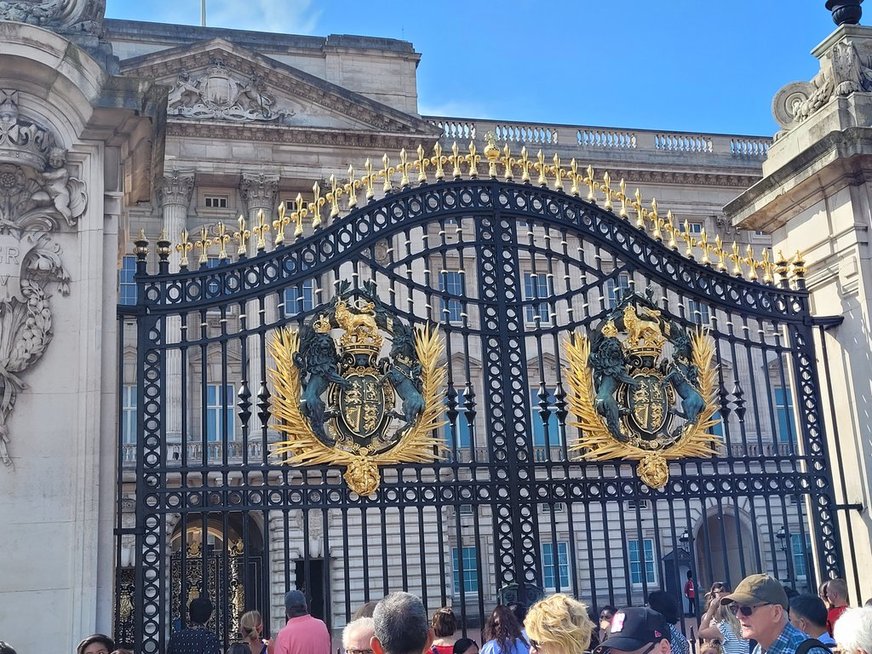

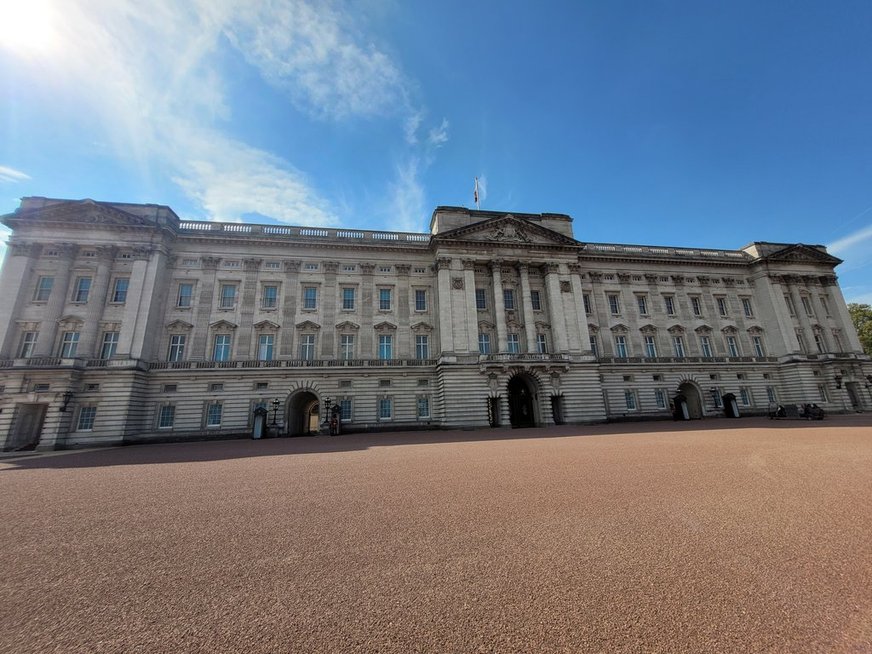
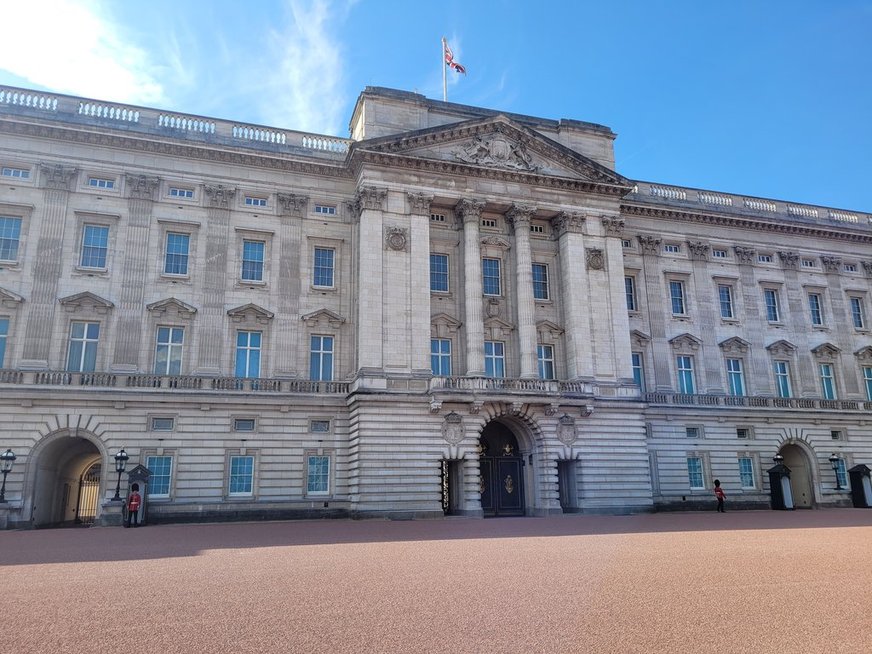
Kzin: like a mixture of old India and Tibet; an ancient world whos civilisation has existed for thousands of years. Temples, museums and palaces dot the planet, as well as vast cities that reflect the wealth and status of this old civilisation. What you see on the surface, however, doesn;t reflect the actual, violent, divisive history of this world. The statues, monuments and public spaces very much reflect the dominant species of this planet: Kzinti. It doesn't, however, make any mention of the second species also born here: Caitians.
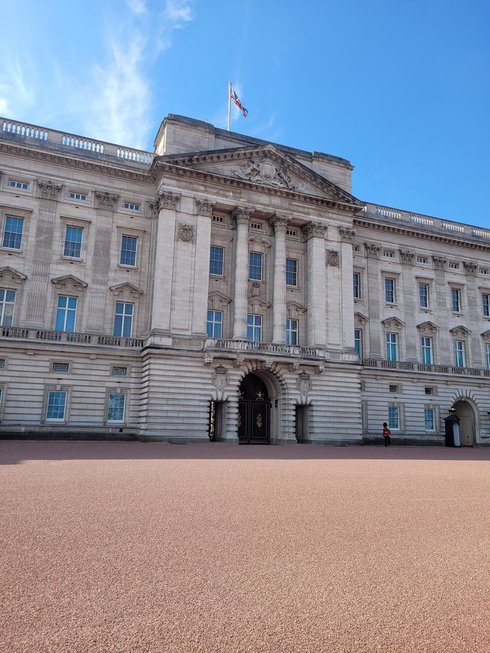


The plains that gave birth to the Kzinti species, were the one and the same that created the Caitians. Thousands of years ago, Kzinti and Caitians were the same species, dominating these plains just as the big cats once ruled the African plains on Earth. Unlike on Earth, the Kzinti/Caitians are the ones who evolved intelligence, to become the dominant species on the planet. All other species on Kzin fell before them as prey. For thousands of years, these subspecies lived together harmoniously, looking identical to the Caitian species of modern times, with a few variations. Change came in their equivalent of the 20th Century technological development. Medical science and genetic became known to them. Suddenly the different subspecies became classified in science as seperate. What had occasionally been seen as behavioural differences became racial diversity. In the case of the Kzinti, justification to place themselves as the superior race, and Caitians the lesser species.
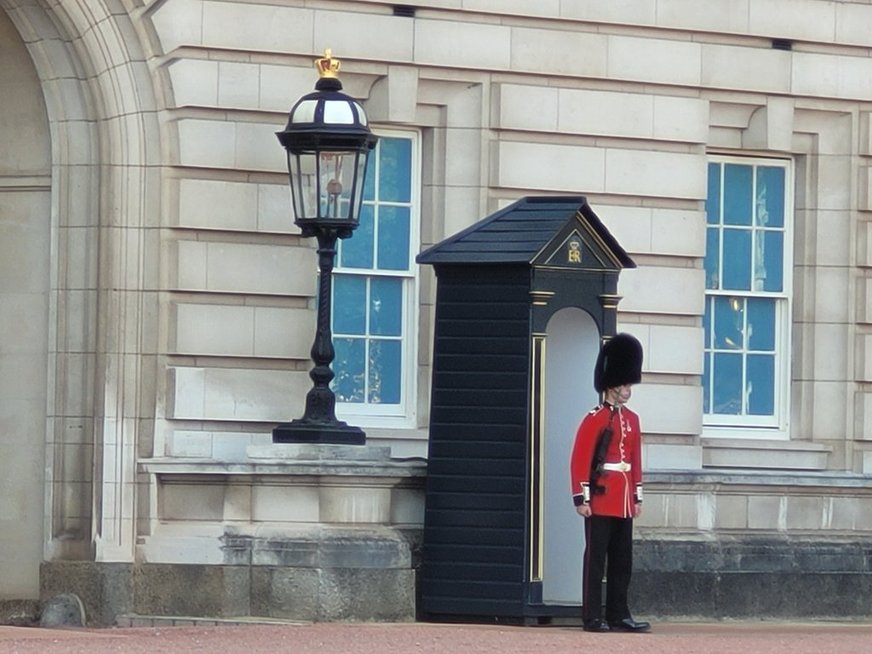



It started as social and racial slurs in the streets. Caitians were treated as the source of weakness, disease and fake news poured petrol onto the fire. Race riots broke out; Caitians were demonstrocised as criminals or worse. In addition, Kzinti medical science was seeking to 'purify' the Kzinti genome; they sought the mythical progenitor species that had evolved into the Kzinti and not the weakling Caitians. Fang and claw size as well as musculature and intelligence were factured in. Kzinti aspired to be the Uber-race of the planet. Genetic manipulation and bioledical research the way of 'recreating' the mythical progenitor species. Kzinti began to differentiate from their Caitian kin. The once-subtle differences manifested more clearly as the Kzinti fangs enlarged, their height increased and their intlligence followed. Whilst the Caitian's poor diet and schooling stagnated their species, the Kzinti medical and superior schooling led to stronger and smarter Kzinti that dominated their weaker brethren. The Caitians were moved into ghettos, seperated as 'unclean' from the Kzinti society. Transport was kept seperate, with Caitians expected to do the menial work. As with the Augments in 1990s Earth, the Kzinti enhancements bred superior ambition. Kzinti culture was 'cleansed' of Caitian influence: statues, art, literature, Caitian foods, language and fashion were all cancelled and erased from books, movies, memory and thoughts.




It was once deep space flight had been developed that the Caitians made their move. The Caitians fled Kzin in an exodus born of centuries of abuse and subjugation by the Kzinti. The Caitian diaspora took as many Caitians as possible, before the Kzinti overran and imprisoned those that were left behind. In the end, thousands of Caitians fled Kzin forever, leaving behind millions to face death marches, hunted for sport or enslaved as servants to the now all-dominant Kzinti people. The Patriarchy, that had once had both Kzinti and Caitian members, now had an all-Kzinti composition. The palaces were the domain of the dominant prides. Caitians remained the unseen, unclean servants who slaved to clean and maintain the palaces and factories on pain of death. A Caitian life on Kzin was now worthless. Kzinti expanded their culture and species beyond the homeworld of Kzin. Caitian exiles who had only reached these nearby worlds were soon enslaved or slaughtered. The history books would dent those Caitians had ever been there. The Kzinti established classes within their own species and homed each class accordingly. Kzin (especially the first city) was reserved for the highest tier Kzinti. The space around the Patriarchy was claimed as the hunting grounds and sovereign territory. Nearby worlds of Delta IV and Aamazzara were raided by the Kzinti for sport and resources.




Everything changed in the 22nd Century when the Kzinti ecame aware of a new nation that had encroached into their sovereign space. These new arrivals were called Humans and they set about mining and stealing the rightful minerals of the Kzinti Patriarchy. The Kzinti Moghuls ordered that these intruders be removed from Patriarchy territory with extreme prejudice. The Hades-53 mining colony and Bessemer-517 cargo ship were targetted and attacked by Kzinti commandos. What hadn't been factored in was the technology and fleet size that the humans had to support their teritorial claims. Jonathan Archer and Enterprise NX-01 had drawn a line in the sand, demarcating where the Coalition of Planets covered protectorates like Delta IV. Starbases, monitoring stations and patrolling warships were then deployed to follow-up on the words of Archer. Despite Kzinti protests at the invasion of their lands by the humans, the mining world of Hades-53 and other violations remained uncorrected. The Kzinti people were told their eugenic culture was incompatible with Coalition beliefs. Until they changed their ways, the Kzinti found themselves locked out of Coalition space and any attempts to correct this were denounced as criminal acts.




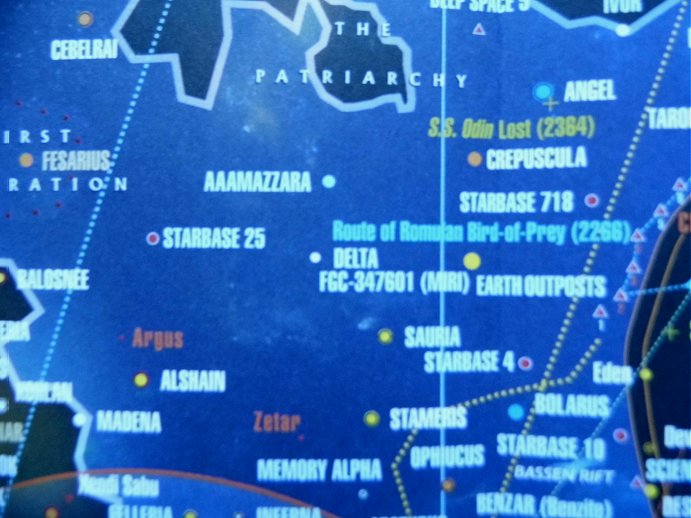 Federation experience of Kzinti history
Federation experience of Kzinti history
The United Earth Starfleet was first alerted to the existence of the Kzinti by the Vulcans in the 2140s. In their usual parental style, the Vulcans felt that now the humans had warp two capability with the NV or Neptune class, their reach into the stars had more than doubled. Starfleet only had phase cannons and torpedoes to defend itself. The Vulcans, with their superior starships, had already suffered losses at the claws of the Kzinti and did not want the humans to repeat their mistakes. Beyond the distant exotic world of Delta IV, further coreward than Sauria, was the region the Vulcan described in their own terms as "Here there be dragons". The young Jonathan Archer was amongst those Starfleet officers who disliked the Vulcans telling us where we could or could not explore. It would echo the words Q would give Captain Jean-Luc Picard over a century later: "Picard, you are about to move into areas of the galaxy filled with wonders you cannot possibly imagine. And terrors to freeze your soul!" Those terrors were a lot closer than Starfleet would realise.
Without supply lines or space stations, exploration that far out of Earth space at warp two was a journey that would take months. Freighters that would crawl out at warp one, or so,would tell tales of meeting the open Deltans race and the lizard-like Saurians. Other freighters were less lucky and would go out of contact. Many of these reighters would be deemed lost in a manner recognisable to anyone who's read about the Bermuda Triangle. Most of these ships would be lost without trace and never seen again. Where wrecks were found by luck, investigations by Starfleet ships would find the traces of blood and signs of combat around the ship, but no bodies. By 2155 the losses of ships in this region warranted pulling NX-01 Enterprise into the region to investigate. Jonathan Archer received information from Commander T'pol about the Kzinti, their build, warships and weaponry. Archer wanted to make first contact with this species and to end any misunderstanding between these nations peacefully.
In the 2155 encounter of the Earth freighter Bessemer 517, Archer and his MACO team managed to locate and engage in conversation with the Kzinti intruder. The Kzinti made it plain that the Coalition members were nothing better than livestock to be hunted and eaten. The Kzinti displayed significant intellectual abilities and managed to escape capture and return to their warship. The missile-armed vessel managed to fight the Enterprise to a stalemate, before withdrawing. NX-01 was in no condition to pursue but Commander T'pol was able to track the course back to a class M planet further coreward. This was tentatively labelled as the Kzinti homeworld. Captain Archer was able to convince Starfleet Admiral Gardner that the best way to prevent any further attacks on Delta IV, or freighters, was to have a Coalition picket ship assigned there. This ship would act as a deterrant to the Kzinti and buy time for reinforcements. The ship would be taken on rotation from the Coalition of Planets members. With the Kzinti Patriarchy at the limits of Starfleet operations, even a deterrant was a big ask. Starfleet considered the old technique of a convoy. An escort ship could at least look to defend the freighter and buy it time to escape.
The Romulan War (2156 - 2160) kept the Kzinti issue on the back-burner. There were incidents with picket ships attacked and freighters assaulted, but the Coalition of Planets insisted the priority had to be the Romulans. The attack on the Sol system - and Earth - kept the Romulans foremost in the minds of the Starfleet Admiralty. This scar on the Starfleet psyche would come to determine the terms of the Treaty of Algeron and future conflicts. After the Romulan issue had been finalised, the Kzinti issue came back to the table for discussion by the new United Federation of Planets. The Romulan War had furnished the Starfleet with photon torpedo technology - partly developed and partly 'acquired' from Klingon sources - which gave them a decided advantage over the Kzinti warship weaponry.
Starfleet continued to force the Kzinti back from the Deltan and Saurian sectors of space but the Kzinti just seemed to fight harder. Eventually the Starfleet forces fought the Kzinti back to their border and left them there. Starfleet monitored the border with science vessels, both to learn about the Kzinti and to monitor their ships as best they could. To cross into Federation space with a warship would instantly reinstate the conditions of war. Starfleet learned from the four years of war with the Romulans that the reality of extended supply lines out this far made having a task force or fleet out here impossible. They needed a dedicated starbase in the area.
Author's notes:
When reconstructing a canon-smoothed Kzinti history that adheres to modern Star Trek canon, especially in light of Star Trek: Enterprise, certain factual information needs to be taken into account:
Kzinti can only raid Earth Cargo Service freighters within their scope of operations.
This would be the absolute fringe of Earth operations in Archer's time.
Earth Starfleet concentrates on exploration, colonial expansion and listening to the Vulcans.
Warp 2 was only attained in 2143.
Warp 5 was attained in 2151.
Kzinti Patriarchy is near Aaamazzara, Delta IV and Sauria.
No starbases were set up until the work by Archer and NX-01. Berengaria would be the first remote station.
Fighting a full-scale conflict with such warp technology, over such a distance is prohibitive and unwinnable.
The Romulan War takes over all Starfleet resources.
Daedalus class (NCC-173) takes us to warp 6.
Bonaventure class (NCC-1000) takes us to warp 7.
Walker class, like USS Shenzhou follows.
Constitution class from 2245.
Nimitz class, like U.S.S. Europa, by 2256.
Hoover class, like U.S.S. De Milo, by 2256.
Malachowski class, like U.S.S. Clarke, by 2256.
Cardenas class, like U.S.S. Buran, by 2256.
Engle class, like U.S.S. Earhart, by 2256.
Magee class, like U.S.S. Cabot, by 2256.
Shepard class, like U.S.S. Gagarin, by 2256.
Hermes class, like U.S.S. Diana, by 2265.
Saladin class, like U.S.S. Saladin, by 2265.
Akula class, like U.S.S. Akula, by 2275.
Monoceros class, like U.S.S. Monoceros, by 2290.
88 starbases confirmed in dialogue by Star Trek: Discovery 2257.
Kzinti chronology:
2142 - Vulcan High Command makes United Earth Starfleet aware of the existence of the Kzinti, warning them from going into their space.
2155 - First Contact with the Kzinti race by Jonathan Archer, commanding Enterprise.
2270 - The Enterprise encounters Kzinti with a classified artifact from an ancient race.
2290 - The Kzinti send diplomats to meet with Federation representatives on Starbase 25 'Temperance'.
2312 - the Klingon Empire announces a Trade Agreement with the Kzinti Patriarchy and demands the drawdown and removal of all Federation forces by 2314.
2313 - Starfleet begins withdrawing the Kzinti border patrol forces.
2314 - Starfleet forces conclude their withdrawal of starships and monitoring devices from the Kzinti border.
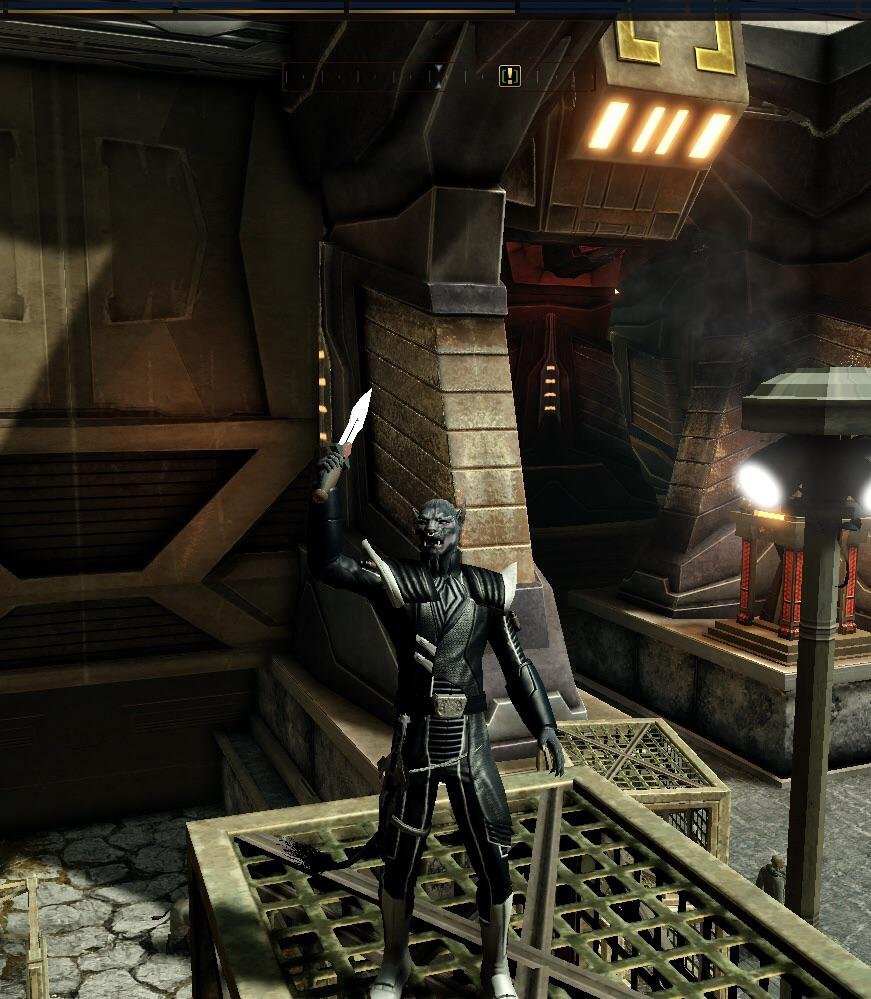
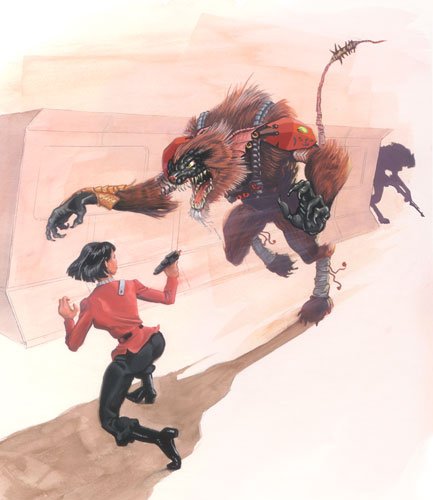 Author's Notes:
Author's Notes: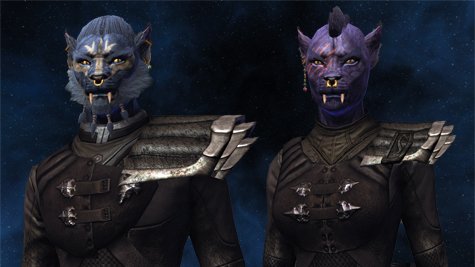
The Kzinti in Star Trek's many incarnations are a conglomerate of contradictions. The animated series had them as timid cats demilitarised under the Treaty of Sirius. They have occasionally appeared in the novels attempting to have the terms of the treaty lifted. I wonder just how Starfleet could enforce such a treaty and how the Federation would get around such blatant interference?
Jimmy Diggs (Mr Kzinti Junior) re-launched the Kzinti with artwork done by Court Jones. The Kzinti are re-imagined as a cross between a lion and mountain gorilla: the now-classic description as the Rakshasa. They were seen in an animated sequence for en earlier project invading the Oberth class U.S.S Timberland, killing and dragging away the commanding officer. Now with ST: Beyond the Stars, as previously with Lions of the Night/Kilkenny Cats, this brings back the danger into Star Trek.
By May 2012, Star Trek Online by Cryptic were the 'keepers of the flame' for the Prime Star Trek universe. For legal issues they had to rename the Kzinti as Ferasan. As they now had the Kzinti as members of the Klingon Empire, this fits in with my planned storylines. A good second reason to have the Kzinti. As of July 2012 I updated my webpages to match this decision by Cryptic as these legal issues have foiled fanfilms and animated stories to-date with the Kzinti issue. CBS Paramount with Star Trek: Picard episode 'Nepenthe' had Will Riker mention the 'Kzinti' by name. This now allows the Kzinti into the canon Star Trek universe.
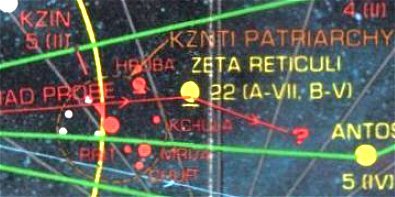 The flip side of the debate concerns the position of the Federation and the Kzinti. You've just had a decade-and-a-bit of Metar and Romulans causing mayhem of a whole level higher than the Kzinti ever managed. Surely in light of this the position of the Federation towards the Kzinti should be re-evaluated?
The flip side of the debate concerns the position of the Federation and the Kzinti. You've just had a decade-and-a-bit of Metar and Romulans causing mayhem of a whole level higher than the Kzinti ever managed. Surely in light of this the position of the Federation towards the Kzinti should be re-evaluated?
In the Interim Years I want to see diplomacy winning out over conflict, thus the appeal of having at least an attempted dialogue with the Kzinti is one I would like to try. On the other hand I like the machinations of having the Klingons re-arming the Kzinti on the sly to keep the quadrant off-balance. Whilst the Federation doesn't interfere in the affairs of others, the Klingons have no such compunction.
In Star Trek Online there is a mission to examine the Caitian diaspora. In short the Caitian homeworld is a world they settled on as exiles from their true homeworld. After a Caitian scientist in 2409 suggests a linked lineage with the Kzinti, an examination shows Kzinti Nepeta Leaves activate latent genes in the Caitian genome. Recovered classified Kzinti data later confirms the Kzinti came about as the result of augmented DNA experiments on Kzin. The Caitians are the original stock that fled from the experiments 800 years beforehand.
Through it's Foundry player-generated missions, STO allows the player to create their own missions to share. This page is designed to inspire people to create new missions for the Kzinti and Caitians, to give back to the companies who actively share with the fans. Kzinti, licensed under CBS Paramount along with all things Star Trek Online, are used on my site to avoid all of the legal ramifications of Kzinti and Known Universe.
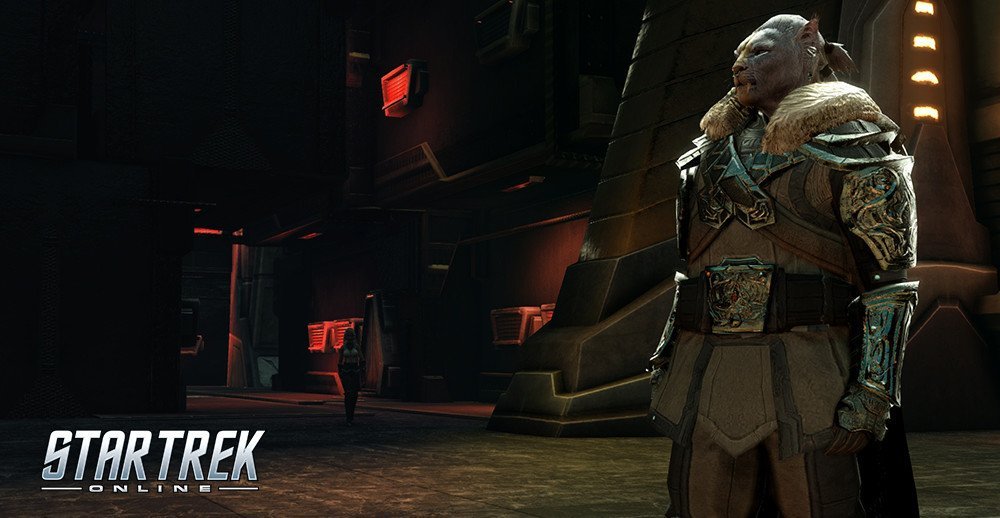
The Kzinti from the Star Trek: The Animated Series episode "The Slaver Weapon".
However, instead of directly implementing the race under this name, Cryptic had to choose "Ferasan" due to legal issues.
The images taken from Mandel's Star Trek Maps (1980) are Copyright to Mandel.
No infringement of copyright is intended and it is used for illustrative purposes only.
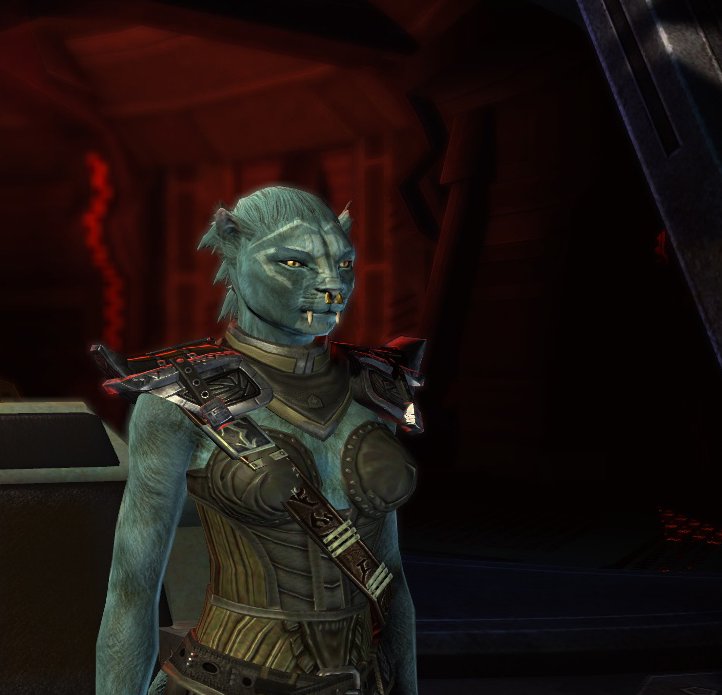
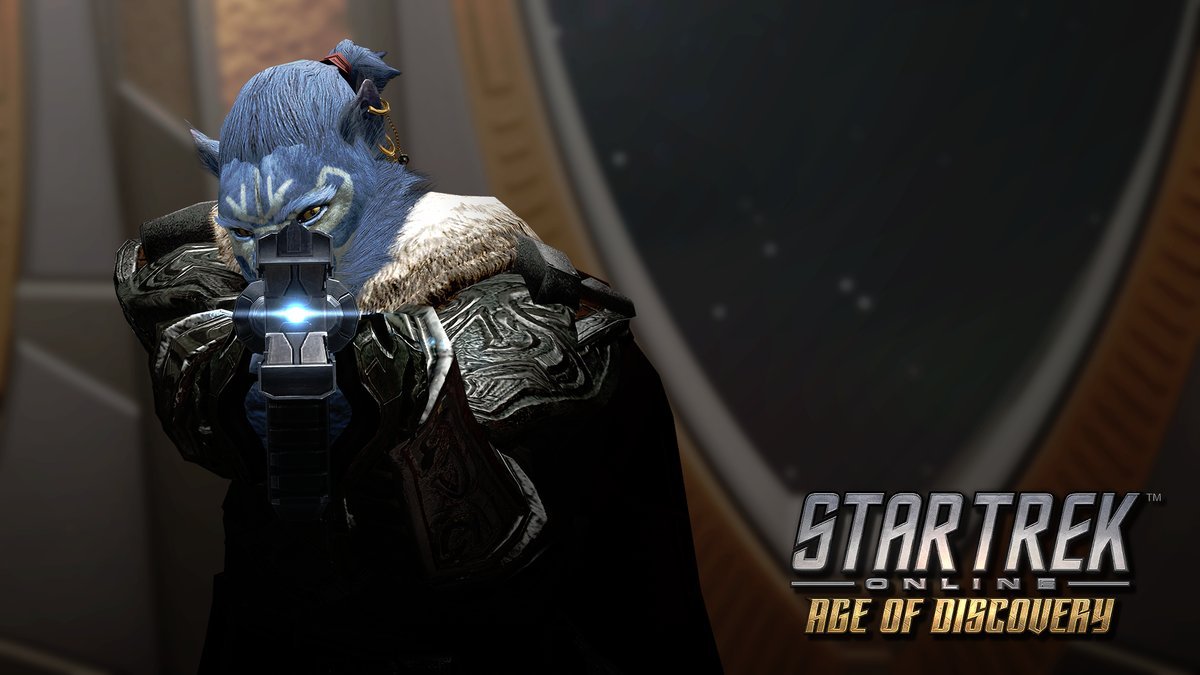
Y class freighter ECS Bessemer 517 - scene of a Kzinti raid
Registry: ECS-2517
Owner: Bessemer Ore Company.
Operator: Earth Cargo Service.
Crew compliment: 23.
Max speed warp 1.8 - upgrade to warp 3 imminent.
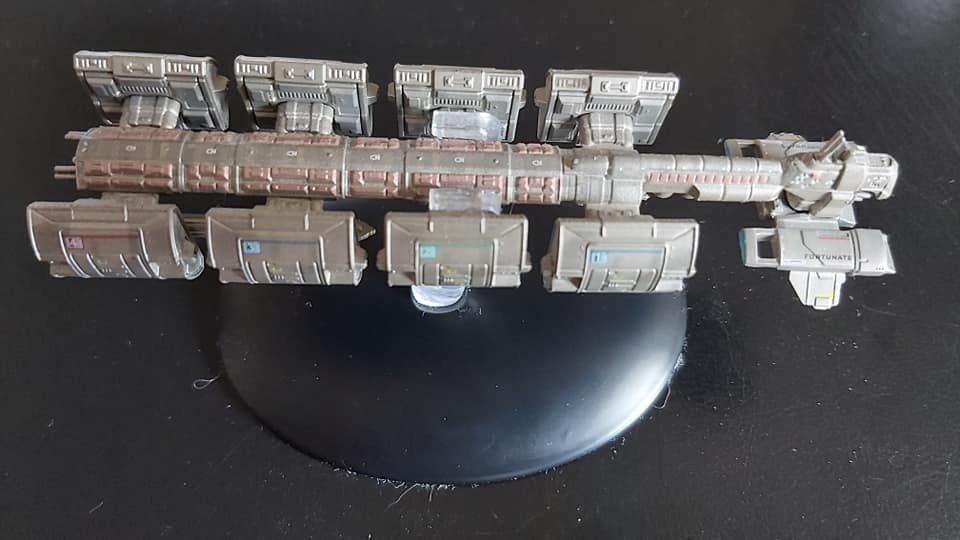
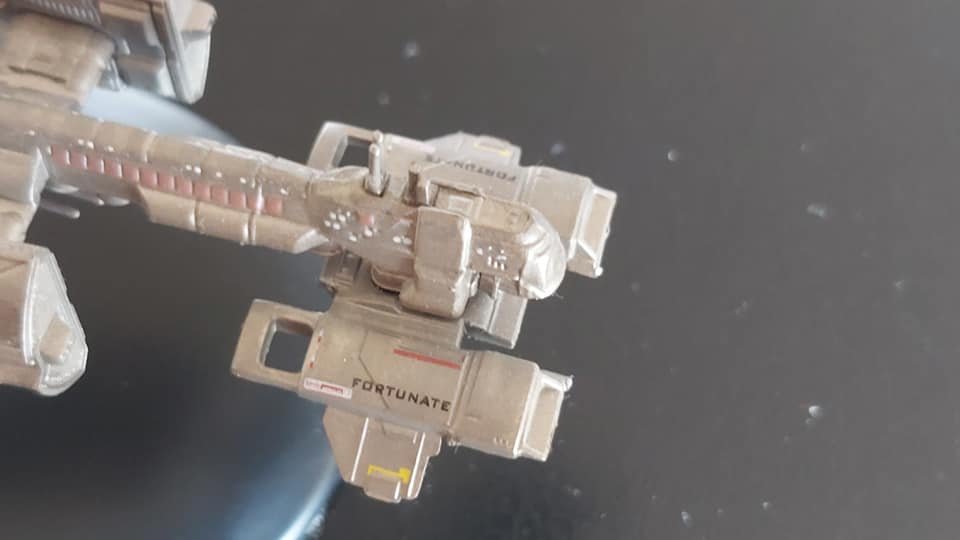
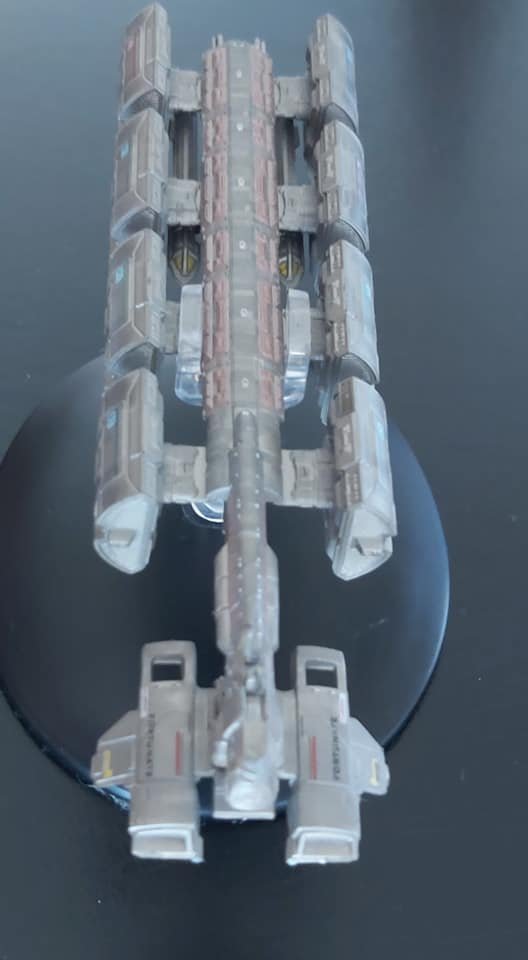
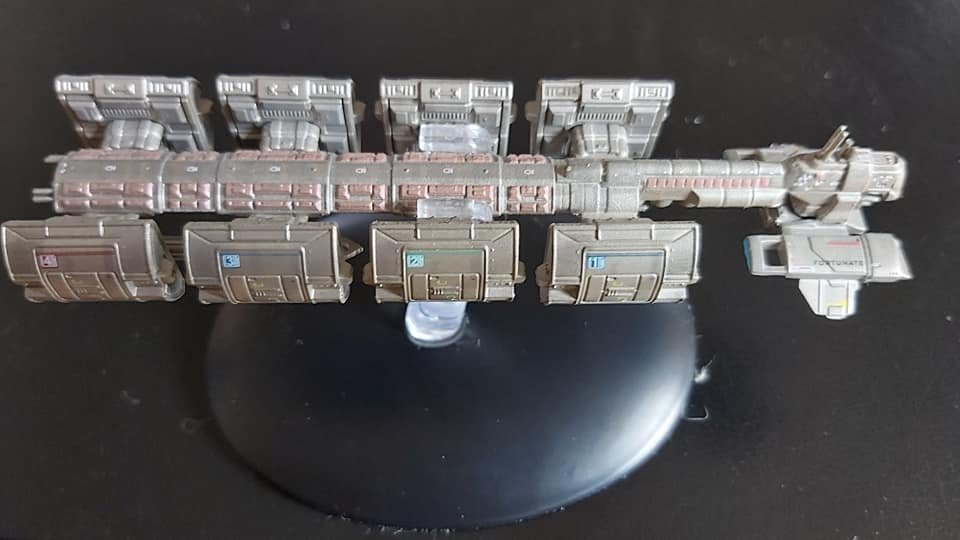
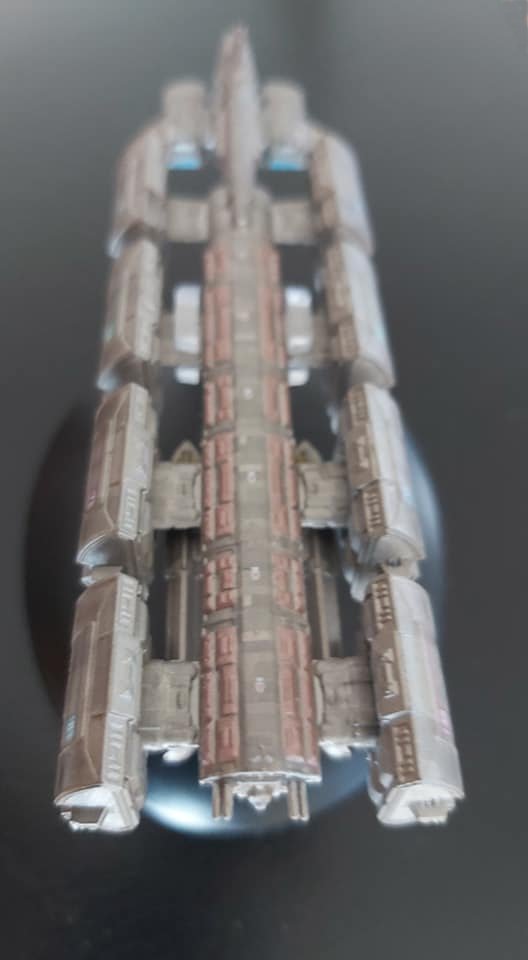
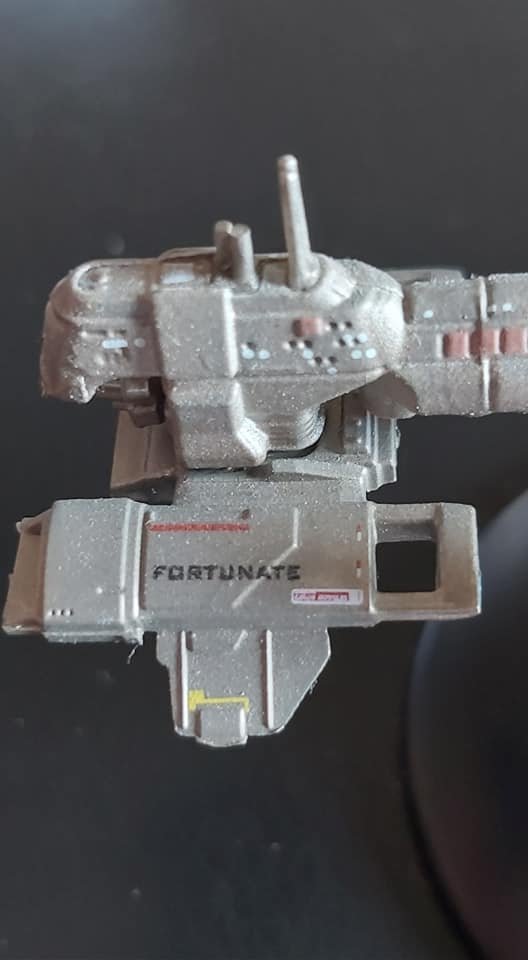
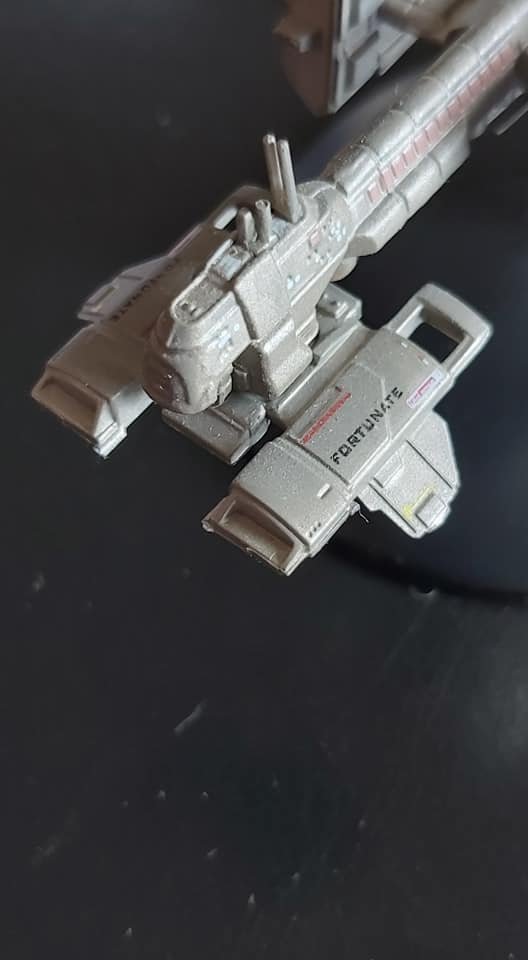
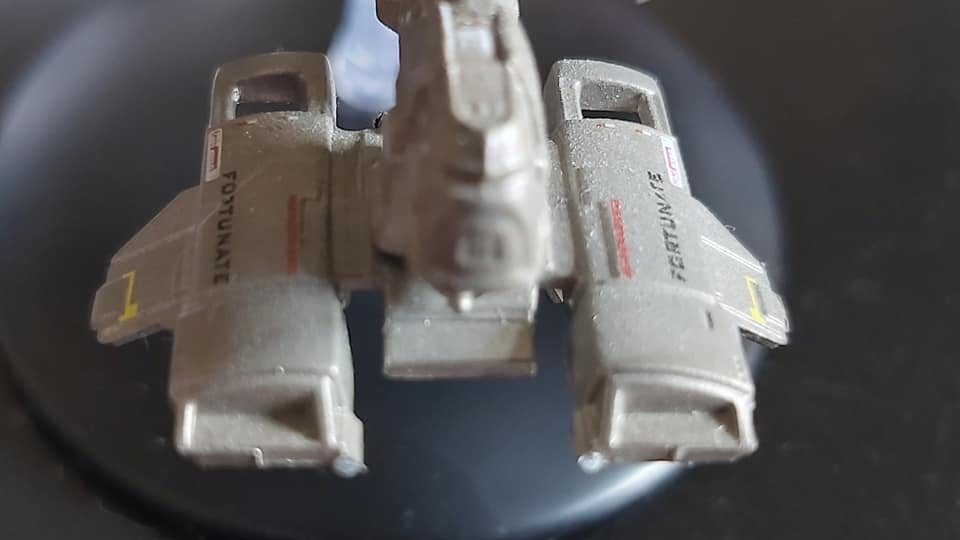
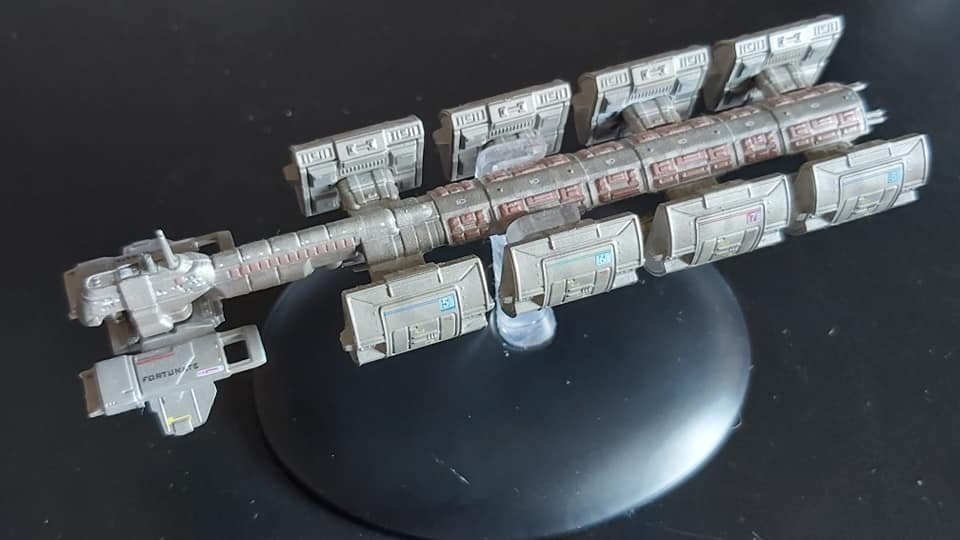
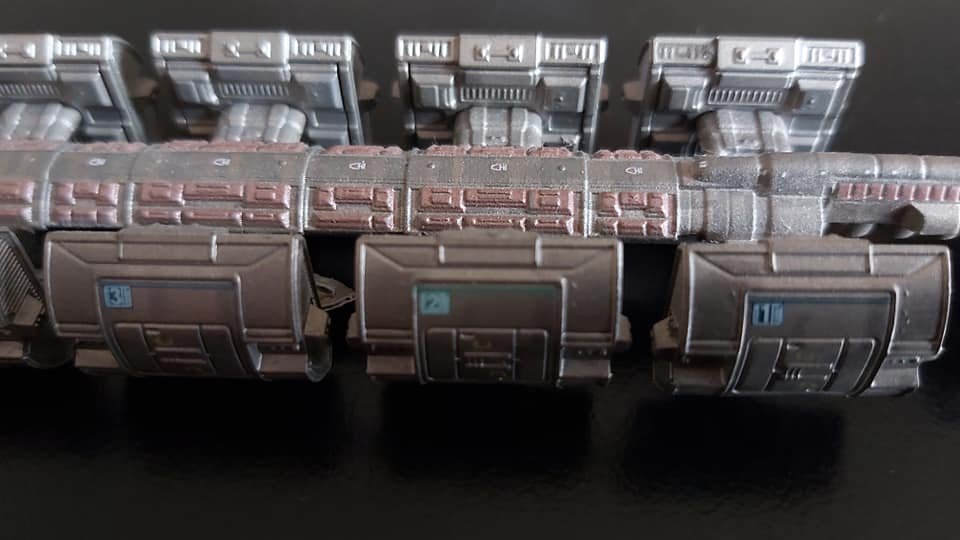
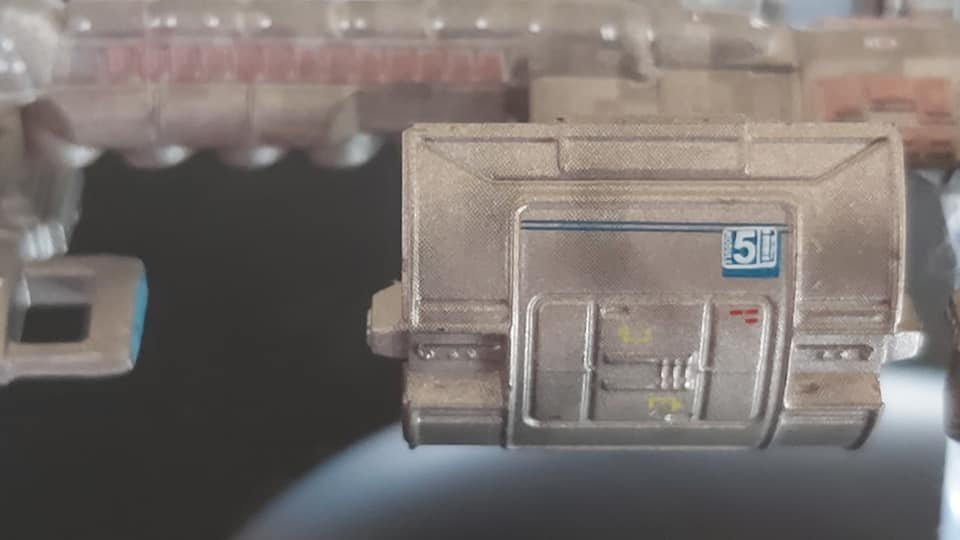
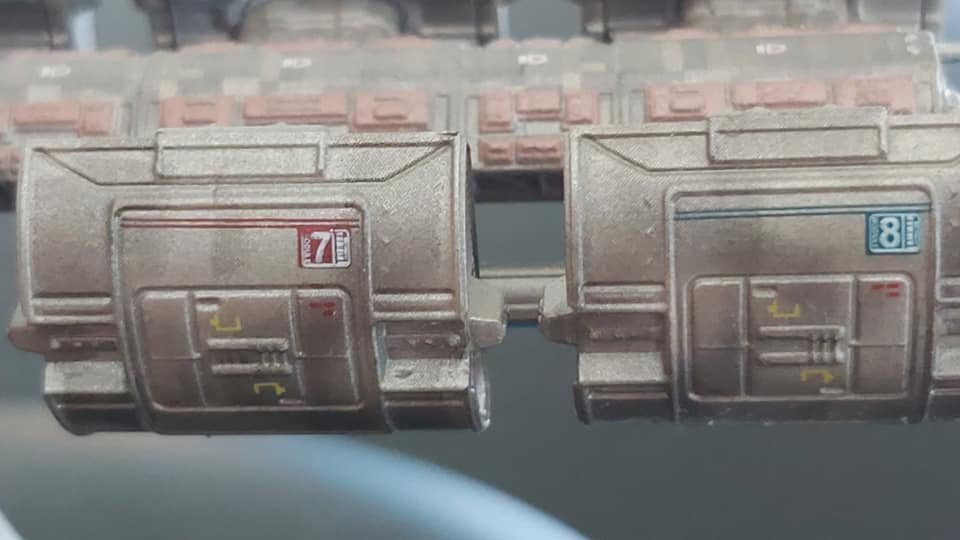
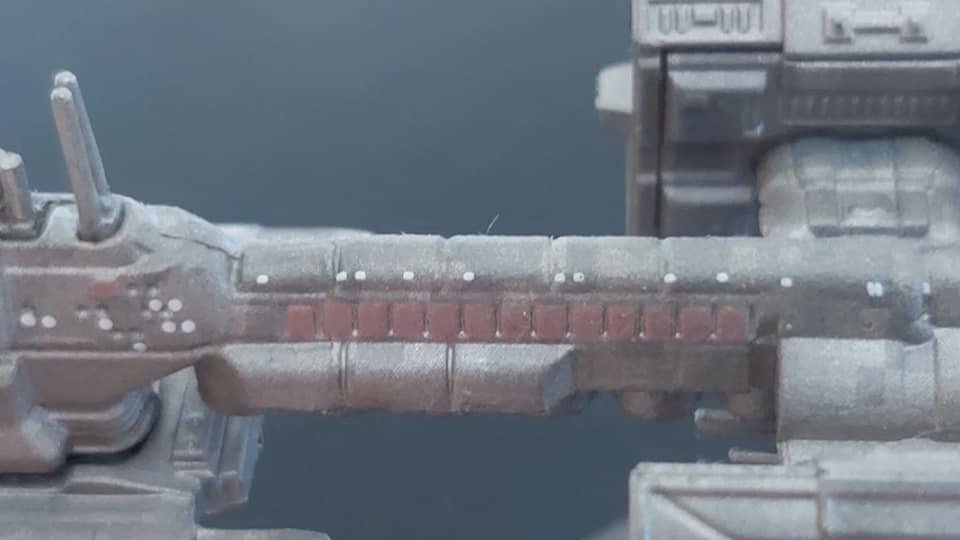
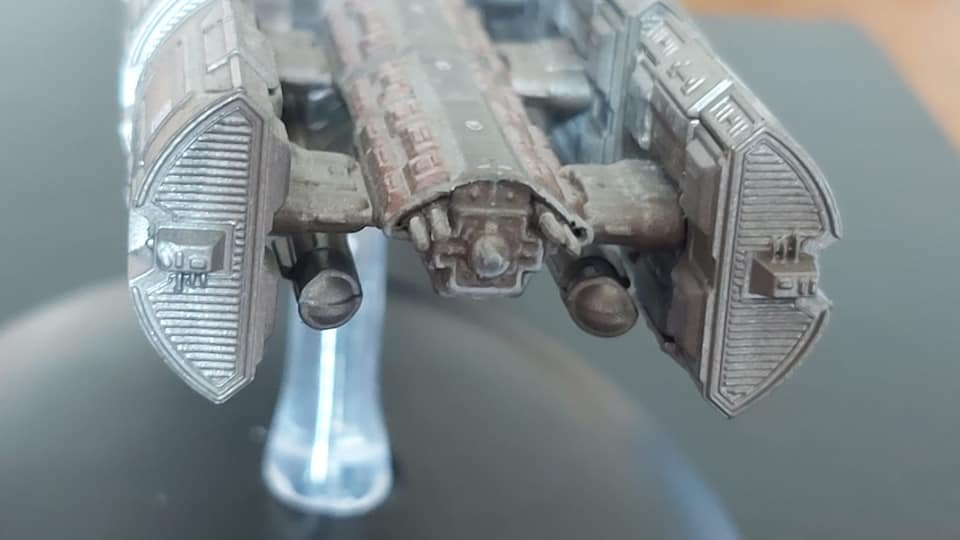
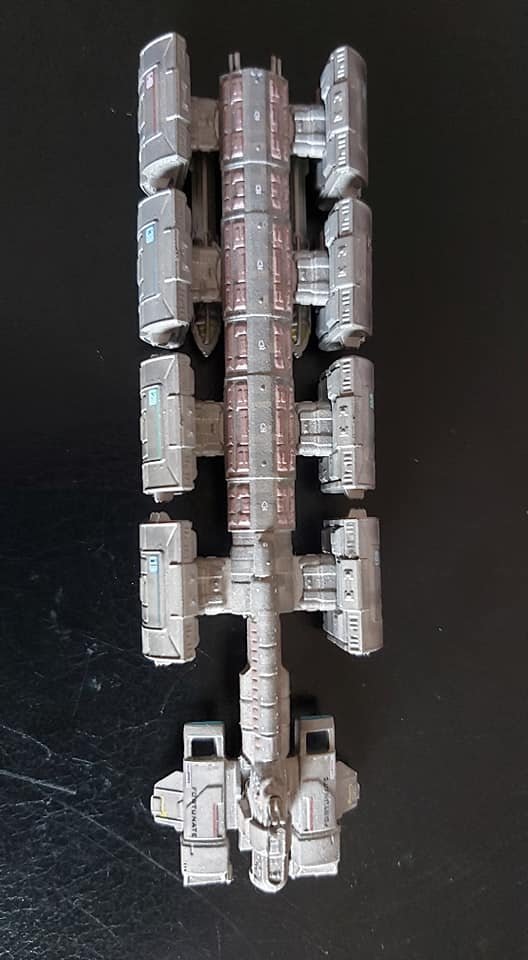
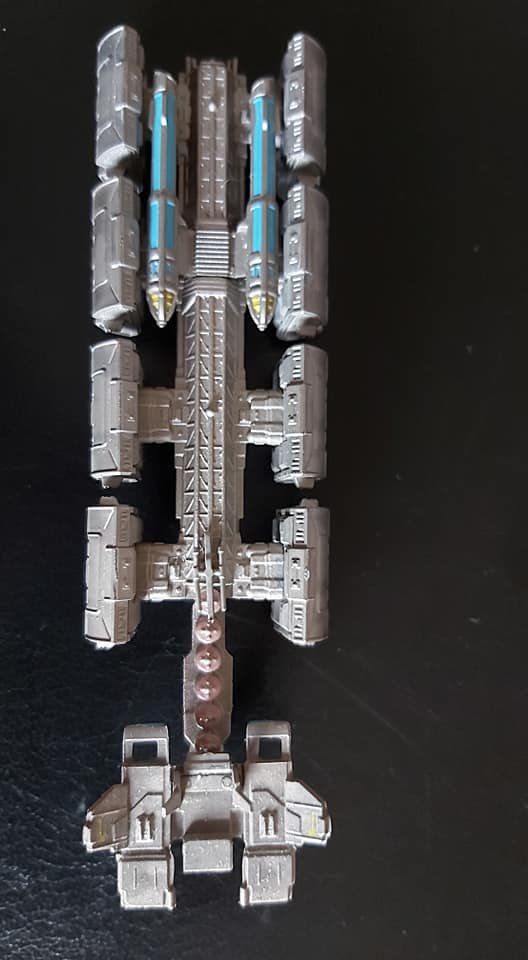
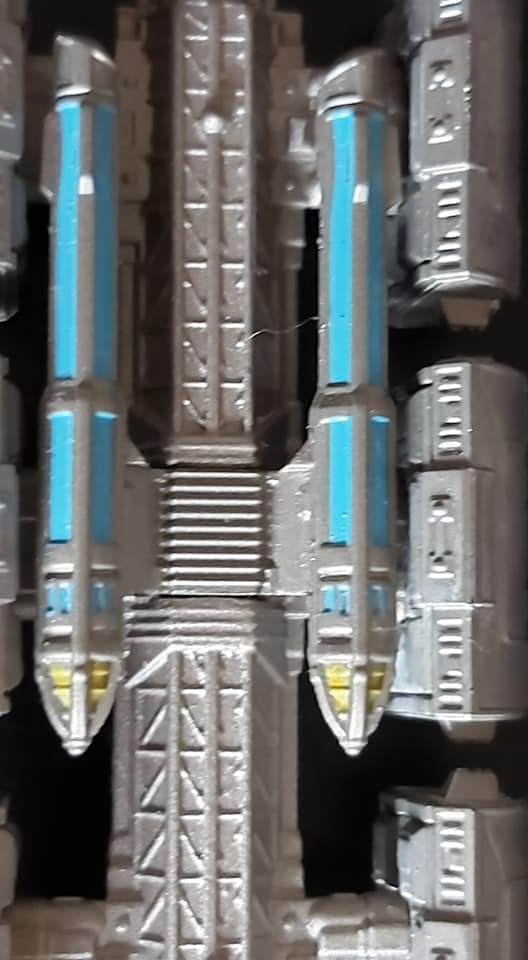
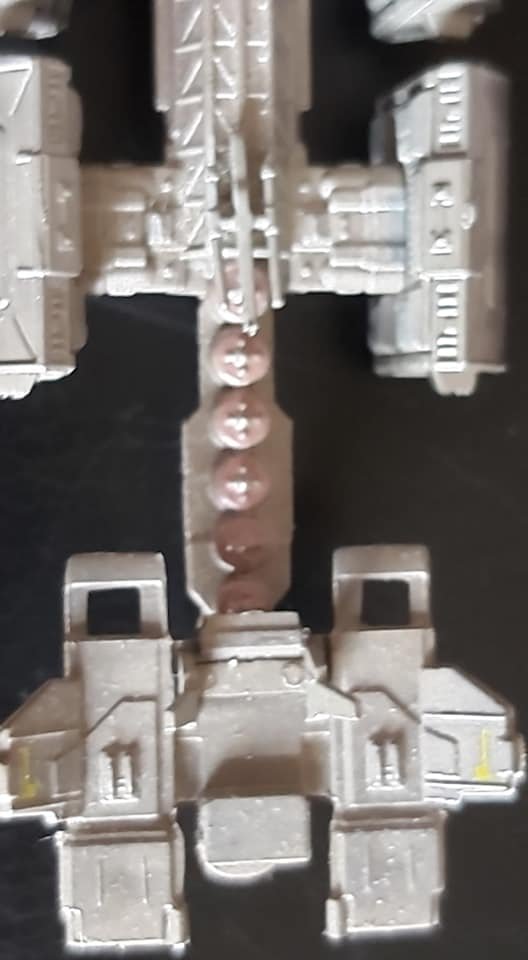
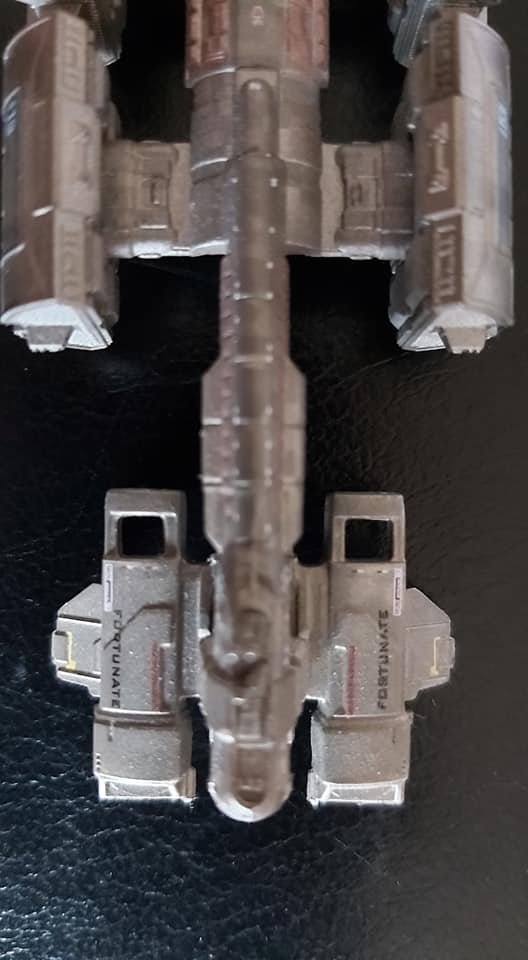
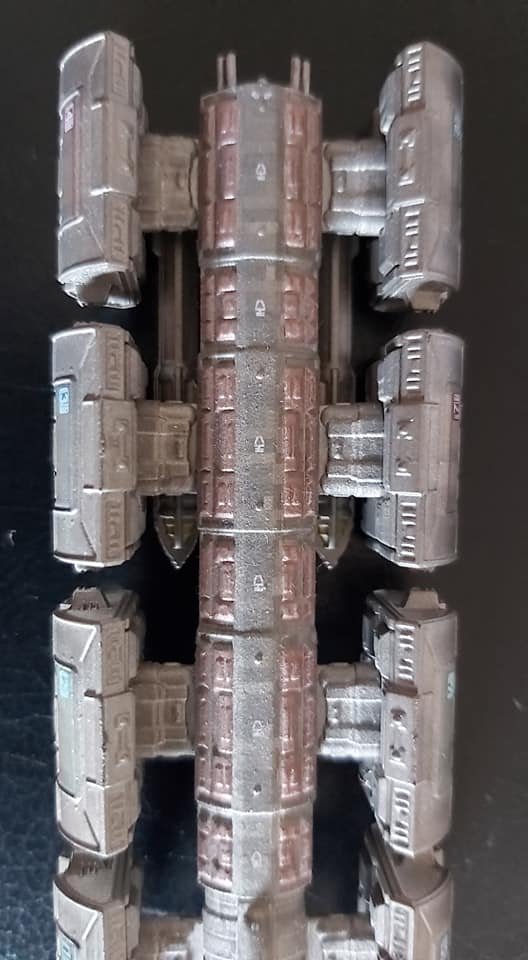






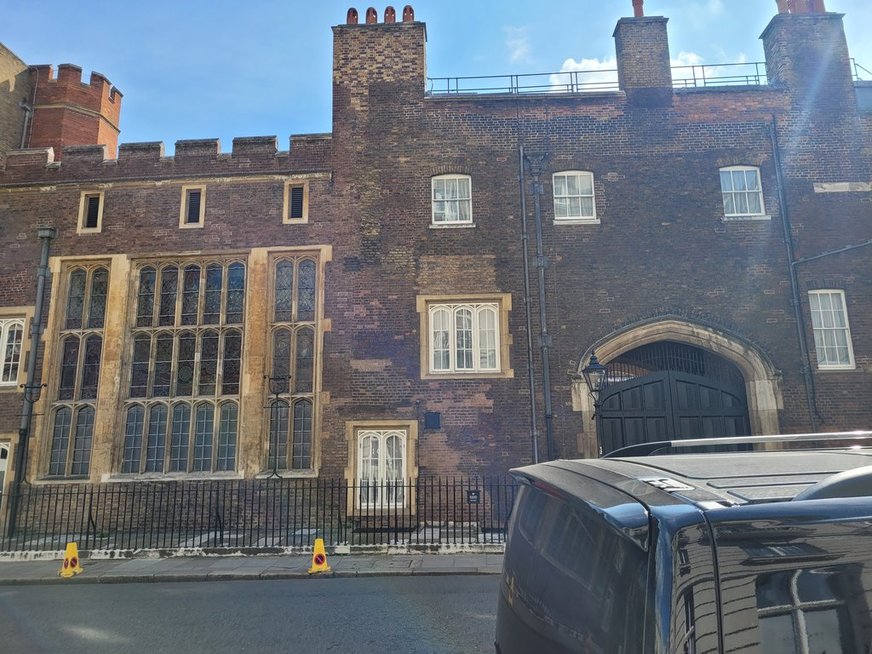



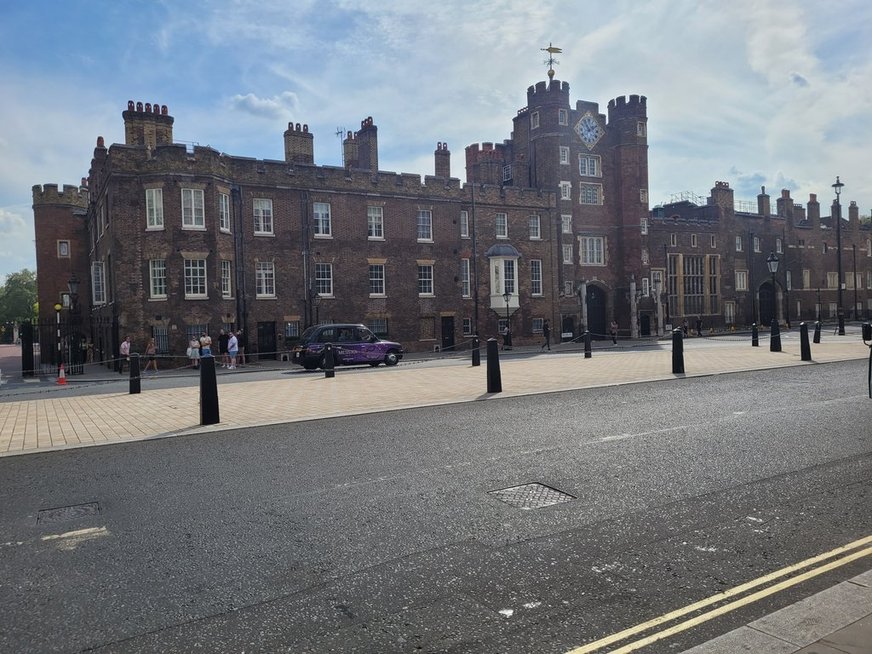

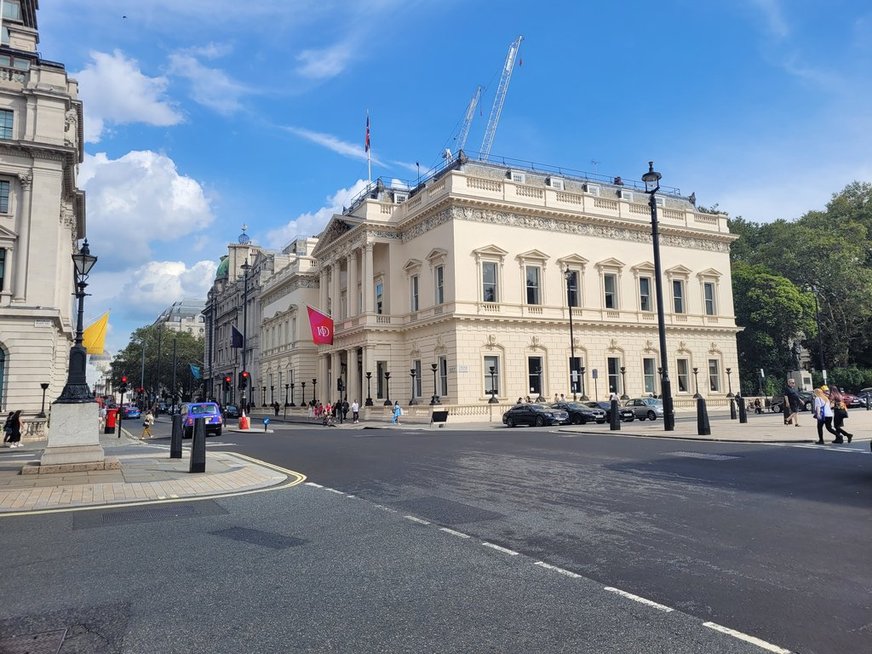
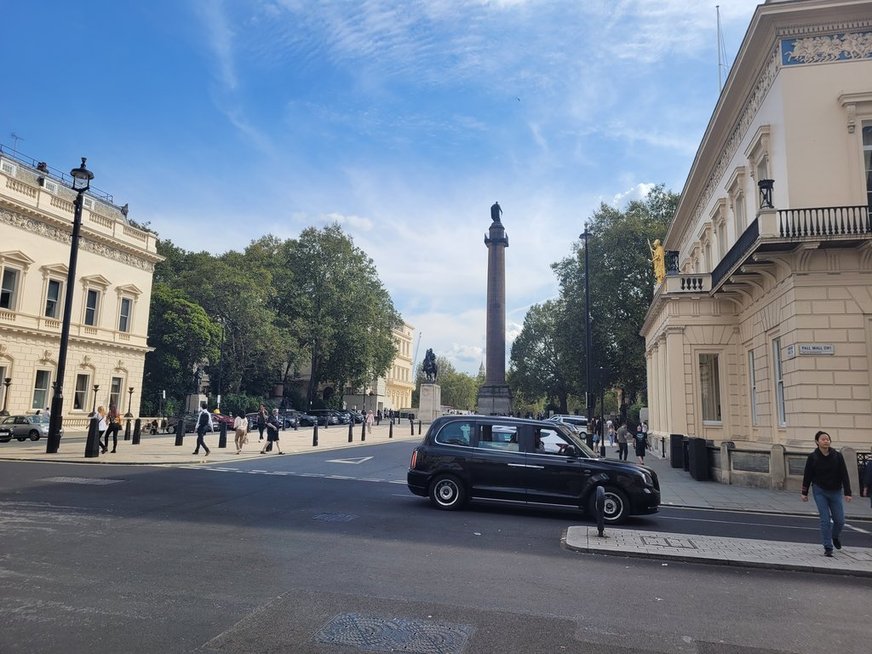
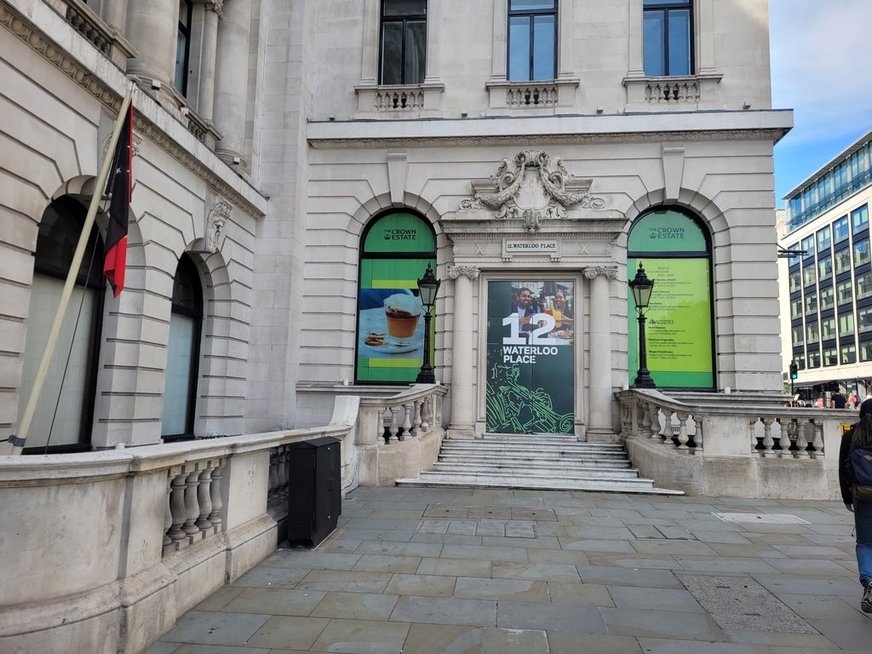
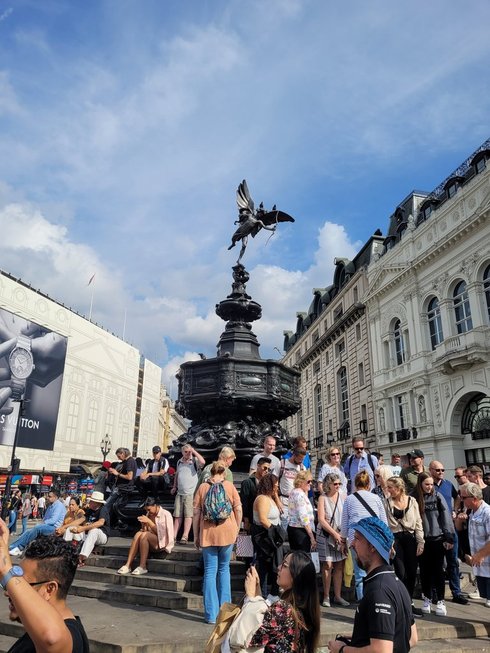
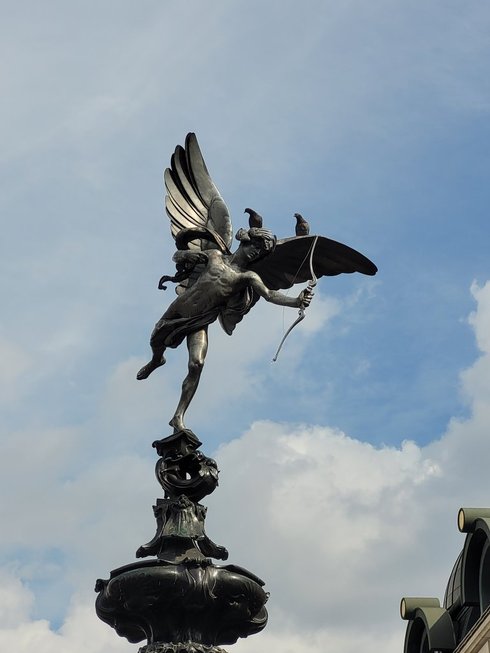


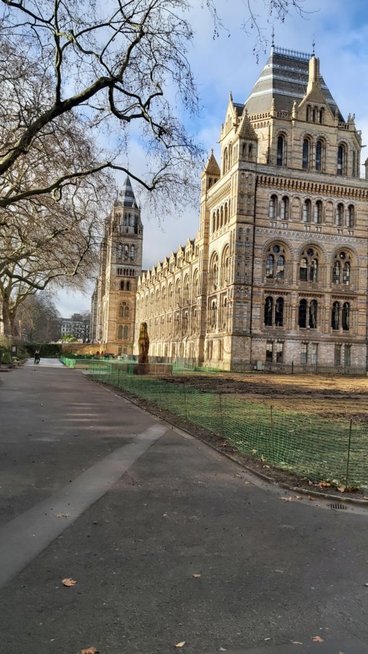



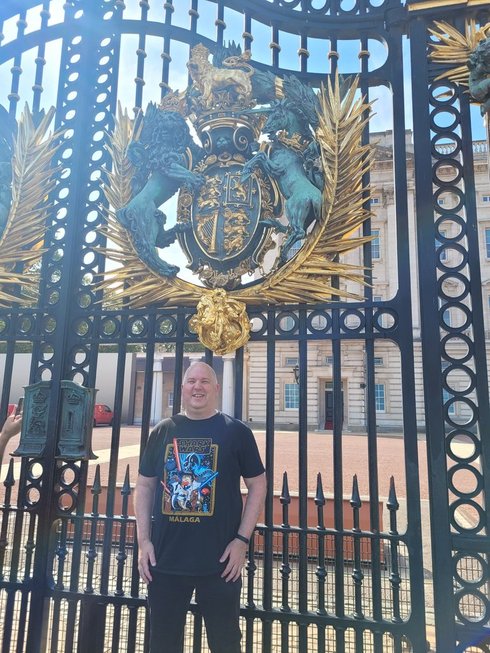

Kzin is a world that I see as being like imperial London, or colonial India, Vienna, Berlin or Paris. Old World imperial capital with vast palaces - like Buckingham that I visited here on 16 September 2023 - St. James Palace or grand houses like Lancaster House or Chatsworth. Kzinti have grand statues akin to Nelson's Column or the Crimea Monument. Grand museums like the Imperial War Museum depict the military might and victories of the Kzinti people.
I wanted the old imperial grandeur for the Kzinti, a noble race that see nothing wrong with subduing, conquering or even eating lesser species. Like with Albert Speer for the never-built Germania, the Kzinti have epic scaled-up statues, theatres, monuments and arenas to celebrate the achievements and victories of their species. The social narrative is carefully controlled so that the image is one of success.The Starfleet demarcation line and Starbase 25 are rarely, if ever, spoken of.










 Profile dedicated to Larry Niven and Jimmy Diggs. The term 'Ferasan' is used for legal reasons by Cryptic in Star Trek Online.
Profile dedicated to Larry Niven and Jimmy Diggs. The term 'Ferasan' is used for legal reasons by Cryptic in Star Trek Online. 
 Author Notes: The Kzinti from "The Slaver Weapon" episode of the Animated series provided the original inspiration.
Author Notes: The Kzinti from "The Slaver Weapon" episode of the Animated series provided the original inspiration.  The Mandel Star Trek Maps of 1980 © featured the Kzinti Patriarchy - reproduced here - in sub-quadrant zero of the universe. The Patriarchy enclosure is shown to have a cluster of worlds: Chuft, Hruba, K'Chula, Rrit and Mriva. It was shown to be within the original confines of the Federation and close to the perimeter of original Tholian operations. With the revising of the Star Trek cartography on the Star Trek: Star Charts, the Patriarchy is in the Alpha Quadrant. From this information we can assume Kzin will be contained within a 50 light year bubble with a small cluster of associated colonies.
The Mandel Star Trek Maps of 1980 © featured the Kzinti Patriarchy - reproduced here - in sub-quadrant zero of the universe. The Patriarchy enclosure is shown to have a cluster of worlds: Chuft, Hruba, K'Chula, Rrit and Mriva. It was shown to be within the original confines of the Federation and close to the perimeter of original Tholian operations. With the revising of the Star Trek cartography on the Star Trek: Star Charts, the Patriarchy is in the Alpha Quadrant. From this information we can assume Kzin will be contained within a 50 light year bubble with a small cluster of associated colonies.  Starbase 25 "Temperance".
Starbase 25 "Temperance".























 Federation experience of Kzinti history
Federation experience of Kzinti history
 Author's Notes:
Author's Notes:
 The flip side of the debate concerns the position of the Federation and the Kzinti. You've just had a decade-and-a-bit of Metar and Romulans causing mayhem of a whole level higher than the Kzinti ever managed. Surely in light of this the position of the Federation towards the Kzinti should be re-evaluated?
The flip side of the debate concerns the position of the Federation and the Kzinti. You've just had a decade-and-a-bit of Metar and Romulans causing mayhem of a whole level higher than the Kzinti ever managed. Surely in light of this the position of the Federation towards the Kzinti should be re-evaluated?





















































